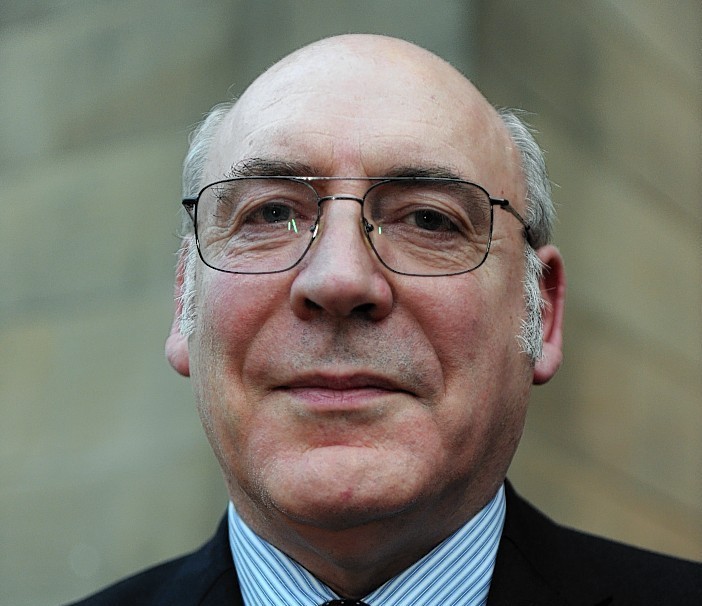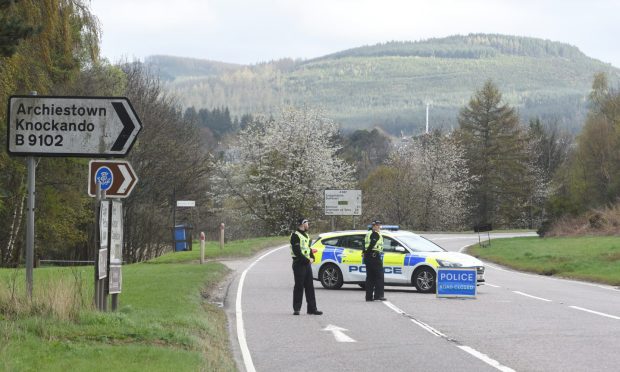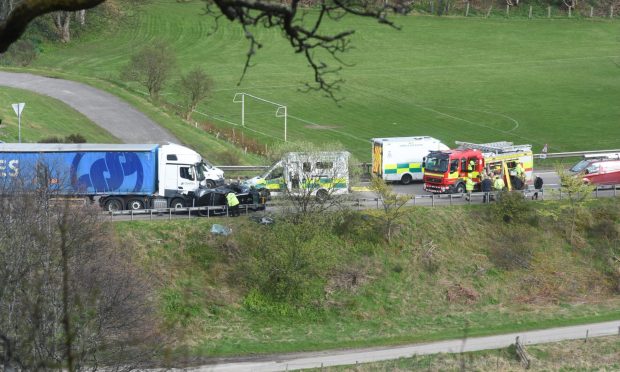Council chiefs in Moray have branded Holyrood education rules “perverse” after being forced to keep teachers in posts that are no longer needed.
The local authority estimates that next year it will have to pay £350,000 for eight teachers who are deemed “surplus” – while at the same time suffering major staff shortages in other schools.
Local education leaders want to be able to move some of the “excess” teachers to help plug more than 30 vacancies in other schools – but are not allowed to because it would breach Scottish Government rules on maintaining overall numbers.
Moray Council leader Stewart Cree last night branded the situation as “ridiculous” – and demanded showdown talks with Education Secretary Angela Constance to find a resolution.
However, a Scottish Government spokeswoman insisted they were committed to giving youngsters the “best possible education” and that reducing teacher numbers would not help them achieve that.
Local authorities have signed up to an agreement which safeguards the number of teaching posts in Scotland in return for a share of a funding package, but cash is “clawed back” from councils which fail to hit the target.
Leaders at Aberdeen and Shetland councils criticised the system last year as “counter-productive” and a “constraint on flexibility”.
As with much of the north and north-east, shortages of teachers reached critical levels in Moray last year, with the region battling to fill 60 vacancies at the start of the school term.
The local authority revealed earlier this month that the number had now almost been halved, but many posts remain unfilled.
At the same time, Moray Council believes that at the start of the next school year, eight of its teaching posts will no longer be required in specific schools, for reasons such as a low take-up of particular subjects.
But it is unable to ask those teachers to fill vacancies in other schools, because that would effectively reduce the number of teaching posts in the region – and lead to a financial penalty from Holyrood.
Mr Cree said: “It is perverse in my view. I don’t think for a second they intended this sort of consequence, but there isn’t flexibility in the system.
“This is a stark example of the nonsense that surrounds the Scottish Government’s fixation with teacher numbers and their belief that there is a direct correlation between teacher numbers and attainment.
“What we now have in Moray is the ridiculous situation where we are spending £350,000 a year keeping surplus teachers at some schools while we try to recruit to vacant posts in other schools.
“We really need engagement with the education secretary and I have written to her today to urge her to come to Moray for a face-to-face meeting with our education director Laurence Findlay and me.”
In December, Shetland Islands Council leader Gary Robinson said his authority had ended up employing three teachers that it did not need in order to hit the target.
Aberdeen City Council leader Jenny Laing also raised concerns while giving evidence to Holyrood’s Education
Committee, as did Robert Nicol, chief officer for children and young people at council body Cosla.
However, Susan Slater, Moray representative of the teaching union the Educational Institute of Scotland, said last night: “We would always say that we want to maintain teacher numbers.
“Whilst there may be excess numbers this year, there might not be next year.”
A Scottish Government spokesman added: “This government’s commitment to ensuring our young people have the best possible education is clear.
“We are prioritising raising attainment for all and do not believe reducing teacher numbers is the best way to achieve that.
“All local authorities, including Moray, have agreed the local government settlement which includes a commitment to maintain the pupil teacher ratio.
“Having the highest quality and the right number of teachers in our schools to support our pupils is a policy we hope all councils will support.”










